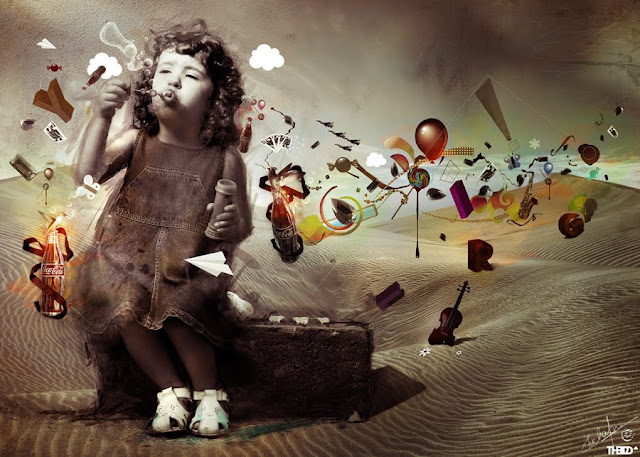Thoughts Matter. What Time Line Do You Want to Be On?
Thoughts Matter. What Time Line Do You Want to Be On? The dark, demonic and Satanic forces are out in full force like nothing before with the assassination of Charlie Kirk, the lack of understanding about what happened to Charlie (e.g., the lack of an autopsy, the lack of clear images, the lack of ballistics), the questionable behaviour of Erika Kirk especially with the new information concerning her past as well as her immediate family's past. . . there are so many inconsistencies regarding this case, it can make your head spin. I am assuming that's what these demonic forces wanted - knowing that social media would "fly with it" and many would come up with their own theories creating mass confusion. But, it is true, the inconsistencies, the speed to move forward (almost like the need to hide Charlie) and the strange videos. Take for instance the reel of Charlie's body in the coffin. Erika's hands endowed with her rings stroking Charlie's embalmed hands; t...



Comments
Post a Comment